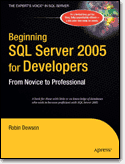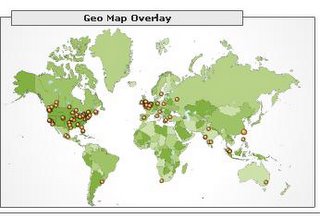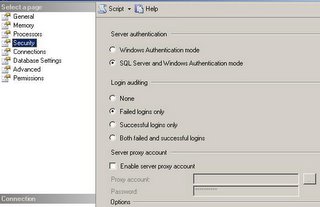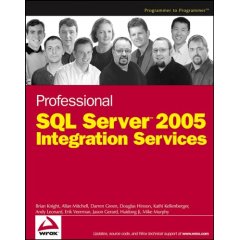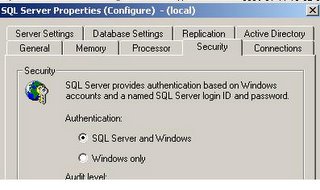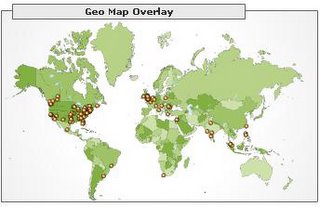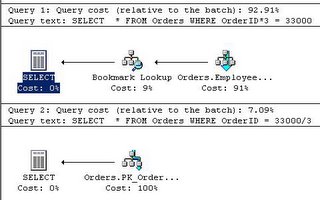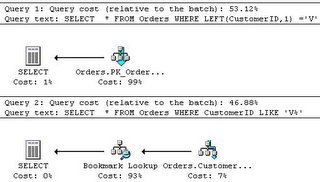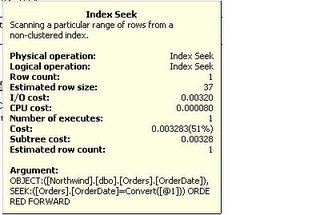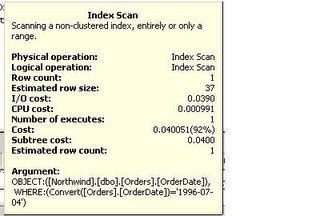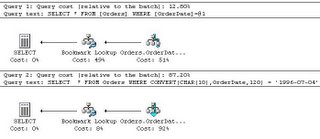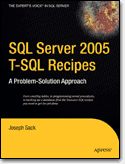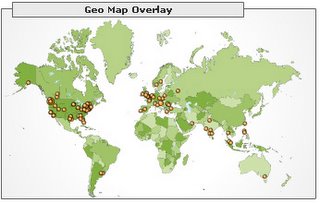Microsoft has scheduled 18 new new webcasts for February, covering such topics as SQL Server 2005 Essentials: SQL/CLR, Reporting Services Basics, Using .NET Procedural Code in SQL Server 2005m Using Analysis Services, Introduction to Data Mining and more. The whole list with their start dates is listed below. Enjoy
MSDN Webcast: SQL Server 2005 Essentials: SQL/CLR (Part 1 of 14) (Level 200)Friday, February 03, 200610:00 AM Pacific Time As the first of a 14-part series, this webcast covers what it means to be a Microsoft .NET runtime host. Topics include how Microsoft SQL Server 2005 works with the .NET 2.0 application programming interfaces (APIs) to make loading and running code safe, reliable, and scalable.
MSDN Webcast: SQL Master Class: Reporting Services Basics (Level 200)Tuesday, February 07, 20069:00 AM Pacific Time Microsoft SQL Server Reporting Services was released in 2004 to provide developers with an easy way to extract and share information captured in a relational database. In this webcast, we explore how to create basic reports, link them to together, and provide end users with a way to get the information they need.
MSDN Architecture Webcast: Build Reliable Application Platforms with SQL Server 2005 (Level 200)Tuesday, February 07, 20061:00 PM Pacific Time Join us to discover the many advantages of using SQL Server 2005 for application building.
MSDN Webcast: SQL Server 2005 Essentials: Using .NET Procedural Code in SQL Server 2005 (Part 2 of 14) (Level 200)Friday, February 10, 200610:00 AM Pacific TimeThis second webcast of a 14-part series covers in detail how to write procedures, functions, and triggers using a managed language. Additionally, we discuss when to use managed code and when to use Transact-SQL.
TechNet Webcast: Introduction to SQL Server 2005 Reporting Services (Level 200)Monday, February 13, 20069:30 AM Pacific TimeAttend this webcast to learn about the new capabilities in SQL Server 2005 Reporting Services.
TechNet Webcast: Introduction to SQL Server 2005 Analysis Services (Level 200)Tuesday, February 14, 20069:30 AM Pacific Time This webcast shows how you can use SQL Server Analysis Services to build a highly scalable business intelligence infrastructure that supports the analytics your business needs to improve overall performance.
TechNet Webcast: Introduction to Data Mining with SQL Server 2005 (Level 200)Thursday, February 16, 20069:30 AM Pacific TimeThis webcast introduces you to the possibilities of data mining and predictive analytics.
MSDN Webcast: SQL Server 2005 Essentials: The SqlServer Data Provider (Part 3 of 14) (Level 200)Friday, February 17, 200610:00 AM Pacific TimeThis third webcast of a 14-part series covers the new provider, System.Data.SqlServer, and discusses how connections, variable mappings, and other functions built into Transact-SQL are handled when a Microsoft .NET language is used.
TechNet Webcast: Advanced SQL Server 2005 Reporting Services (Level 300)Monday, February 20, 20069:30 AM Pacific Time Topics in this webcast include: how to use the built-in expression language, report parameterization (data driven, multi-valued, and hierarchical), supporting multiple data sources (including relational, multi-dimensional, and XML), and making reports interactive.
TechNet Webcast: Security in SQL Server 2005 (Level 200)Monday, February 20, 200611:00 AM Pacific TimeThis webcast highlights security concepts that are new to Microsoft SQL Server 2005, such as encryption and user-schema separation, and looks at how SQL Server 2005 breaks security down into several distinct areas.
MSDN Webcast: Using ADO.NET with Your Lotus Notes Applications (Level 400)Tuesday, February 21, 20068:00 AM Pacific TimeADO.NET is the standard method for Microsoft Visual Studio .NET applications to interact with data sources such as Microsoft SQL Server, the IBM DB2 Universal Database, and Oracle.
TechNet Webcast: A Technical Overview of High Availability Features in SQL Server 2005 (Level 200)Friday, February 24, 20068:00 AM Pacific TimeThere are many barriers to achieving high availability in a database system, and only some of them can be addressed by database management systems technology. This webcast examines some of the features of Microsoft SQL Server 2005—the latest release of the SQL Server product—that can help you overcome some of these barriers.
MSDN Webcast: SQL Server 2005 Essentials (Part 4 of 14): User-Defined Types and User-Defined Aggregates (Level 200)Friday, February 24, 200610:00 AM Pacific TimeIn this fourth module of the 14-part series, learn about using .NET objects and how you can use them inside the database.
TechNet Webcast: Introduction to SQL Server 2005 Report Builder (Level 200)Monday, February 27, 20069:30 AM Pacific Time Learn how Microsoft SQL Server 2005 Reporting Services is meeting the demand for end-user, ad hoc reporting.
TechNet Webcast: Introduction to SQL Server 2005 Integration Services (Level 200)Monday, February 27, 200611:30 AM Pacific Time In this webcast, we introduce you to the enterprise-class capabilities of Integration Services including dedicated management functionality, collaborative development environment, and high scalability and reliability. You also learn how you can take advantage of SQL Server 2005 Integration Services to implement data quality, data profiling, and custom transforms in your organization.
MSDN Webcast: SQL Master Class: Using Report Builder (Level 200)Tuesday, February 28, 20069:00 AM Pacific Time Find out about the new Report Builder in Microsoft SQL Server 2005 that allows end users to customize reports to their liking.
TechNet Webcast: Advanced SQL Server 2005 Integration Services (Level 300)Tuesday, February 28, 200611:30 AM Pacific Time This webcast presents the key architectural enhancements in SSIS that makes it extremely scalable.
